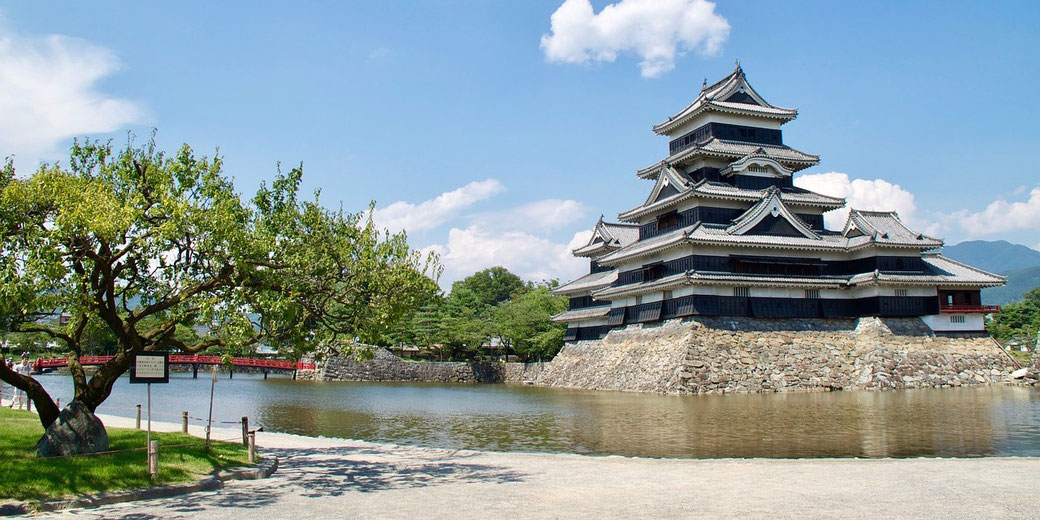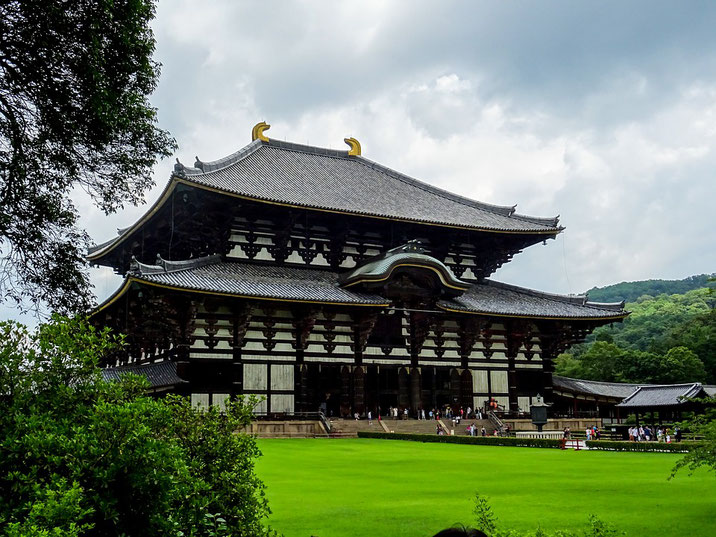Shoguns and shogunates: The military takeover of Feudal Japan

What happens when a nation’s supreme authority finds itself under control of its warriors? The rise of the shogunate, a military dictatorship, was a moment of long-term transformation in Japan.
Emperors, who were once considered the living descendants of gods, saw their influence wane as power shifted into the hands of military commanders.
As a result, the samurai grew into a force that would shape the destiny of Japan for centuries.
Earliest Japanese history
The first evidence of cultures in Japan comes from around 14,000 BC, in what has become known as the Jōmon period began.
These people created pottery, which was decorated with intricate cord-marked designs.
As a result of the natural resources available, many of these early communities settled near rivers and coasts.
The Jōmon people, who relied on hunting, fishing, and gathering, developed a semi-sedentary lifestyle.
Then, by 300 BC, they were replaced by the Yayoi period, which saw the introduction of wet-rice farming for the first time that had been introduced by migrants from Korea.
As a result, larger, more organized settlements formed, and powerful clans began to dominate the country.
They also introduced metalworking in bronze and iron, which were used to produce tools and weapons.
The Yayoi people also seem to have developed a hierarchical society, which laid the foundations for the political structures that emerged in Japan by the end of the period in AD 300.
Following the Yayoi period, the Kofun period, which lasted from AD 250 to AD 538, saw the rise of true centralized power.
The most famous development of this time was the creation of monumental keyhole-shaped burial mounds, or kofun, were built to honor powerful military leaders from the warrior aristocracy.
Their existence showed that the land was under the control of a loose confederation of powerful clans.
In particular, the Yamato clan, who was among the most dominant of these groups, and they began consolidating considerable power by the 5th century AD.
As a result of this growing influence, the foundations of the Japanese imperial system were established.
The next major stage of Japanese history was known as the Asuka period, which lasted from AD 538 to 710.
The most profound change during this time was the arrival of Buddhism in the mid-6th century AD, primarily from Korea.
It quickly gained favor among the ruling class, particularly among the powerful Soga clan, who actively promoted the religion and its practices.
Consequently, political power shifted as the Soga clan's influence grew within the imperial court.
In fact, Prince Shōtoku (574–622 AD) even drafted a document called the Seventeen-Article Constitution which explained how Confucian and Buddhist principles should underpin how rulers should use their power.
In 645, the Taika Reforms, which were inspired by Chinese models, introduced sweeping changes to the administrative structure of Japan.
Primarily, it centralized power under the emperor and aimed to strengthen the state’s control over the provinces.
By the end of the Asuka period, Japan had adopted much of the cultural and political framework of its neighbors, especially China.
The Nara Period
Beginning in AD 710, the Nara Period was the first time Japan established a permanent capital.
Previously, the imperial court had frequently relocated, but the construction of the city of Nara introduced a new era of stability.
It was inspired by Chinese models and, as such, Nara’s grid-like layout mirrored that of Chang’an, the Tang dynasty capital.
The Japan emperor was declared to be a divine ruler, and he resided in this grand city, which became the center of political, cultural, and religious life.
During the Nara Period, the religion of Buddhism grew in popularity as it became deeply integrated into Japanese society.
Temples like the magnificent Tōdai-ji, which housed the Great Buddha, became symbols of both religious devotion and political power for the emperor.
As a result of their growth in power and popularity, Buddhist monks gained increasing influence over the court.
The state supported the construction of large monasteries and encouraged the study of Buddhist texts, which led to a flourishing of culture and learning.
At the same time, tensions grew as some worried that the religious establishment could challenge the emperor’s authority.

Meanwhile, the Nara Period was also significant for the compilation of Japan’s earliest written histories.
The Kojiki (Records of Ancient Matters) and Nihon Shoki (Chronicles of Japan) were completed during this time, which were commissioned by the imperial court.
These works blended myth and history, and reinforced the claim that the emperor was descended from the gods, which was meant to solidify the legitimacy of the ruling Yamato clan.
These texts were written in classical Chinese and indicate the ongoing cultural exchanges that occurred between Japan and China throughout this period.
In addition, the Nara Period saw efforts to strengthen the central government through the introduction of the ritsuryō system, which was a set of legal codes modeled on Chinese administrative practices.
Under this system, officials were appointed to govern provinces and collect taxes, which improved the efficiency of state control.
However, the costs of maintaining the capital and building massive temples placed a heavy burden on the state’s resources.
By the end of the Nara Period in AD 794, financial difficulties, coupled with the growing influence of powerful Buddhist institutions, led to the decision to relocate the capital to Heian-kyō.
This was the beginning of the Heian Period.
Heian Period
At the new capital city, the emperor came under the control of the powerful Fujiwara clan.
The size of their land ownership meant that they could use their wealth to influence the imperial court.
They also used strategic marriage to the imperial family to position their family members in important government roles.
The Fujiwara enjoyed the height of their success under Fujiwara Michinaga around 1016, who effectively ordered the emperor to do his bidding.
However, after Michinaga's death, the clan's power decreased.
One effect of their loss of control is that civil conflict broke out between the other clans.
Around this time, other landowners hired soldiers, known as samurai, to protect their farms and houses from lawless bandits.
Over the next few centuries, the samurai would grow into their own distinct social class who had a powerful impact on Japanese society.
When emperor Go-Sanjo reasserted the emperor's supreme authority in 1068, Fujiwara's influence was finally ended.
Eighteen years later, Go-Sanjo stood down from the imperial throne so that he could manipulate politics in more subtle ways.
This system of control was called the 'Insei government'. Subsequent emperors copied Go-Sanjo's model until 1156, when the warlord, Taira Kiyomori from the Taira clan, seized power.
End of the Heian Period
This began a new period where another powerful clan controlled the Japanese emperor. But this time, it was the Taira clan.
A second clan, the Minamoto family, allied with the Taira to expand military control over more of Japan than ever before.
The Taira clan's most famous leader was called Taira Kiyomori, who dominated the imperial court between 1168 and 1178.
As a result of his dominance, the Taira's former allies, the Minamoto, fought against them.
After the death of Kiyomori, the two clans fought each other in the Genpei War (1180 to 1185), where atrocities were committed by both sides.
The gifted military leader Minamoto Yoritomo became a decisive factor in the conflict and led his clan to final victory over the Taira at the Battle of Dan-no-ura in 1185, which ended the Genpei War.
Yoritomo then became the supreme military leader of Japan by defeating all other rivals. He was able to use his new power to manipulate the emperor himself.
As a result, the emperor gave him a new title to designate his new powers shogun, which means 'supreme military commander'.
Yoritomo set up a new Japanese capital city at Kamakura, which began the Kamakura shogunate.
However, it is important to note that Kamakura was the military capital, but Kyoto remained the imperial capital.
While the Kamakura shogunate governed from Kamakura, the emperor remained in Kyoto, which clearly showed the split between military and imperial power during this era.
What do you need help with?
Download ready-to-use digital learning resources
Copyright © History Skills 2014-2025.
Contact via email
With the exception of links to external sites, some historical sources and extracts from specific publications, all content on this website is copyrighted by History Skills. This content may not be copied, republished or redistributed without written permission from the website creator. Please use the Contact page to obtain relevant permission.





